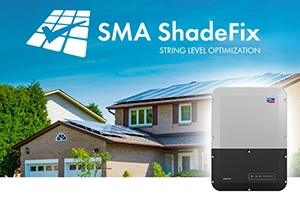
Welcome to this installment of SPW Classroom on Solar Inverters.
Solar inverters are the hardest-working component of a solar array, as they are solely responsible for more operational functions than any other product. Their basic function is to convert the direct current (DC) power that solar panels create to alternating current (AC) power that is usable in homes and businesses, but they do so much more.
Here you will find resources describing the various types of inverters and their increasingly smart functionalities. These tutorials are all designed to give you a better understanding of this important electrical component of solar arrays.
Senior Editor, Solar Power World
Principles • Implementation • Basics
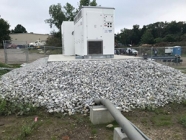
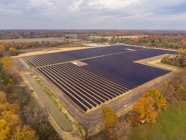
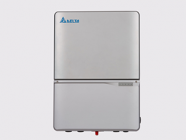
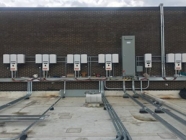
How to choose between string and central inverters in utility-scale installations
Tips for mounting solar inverters on commercial rooftops
What does a solar inverter do?
What are the most important features to look for in a string inverter?
Solar inverters are the hardest-working component of a solar array, as PV Evolution Labs (PVEL) described in its inaugural “PV Inverter Scorecard.”
Environmental concerns around greenhouse emissions and worries about aging grid infrastructure are all factors driving the demand for PV inverters.
As inverter technology evolves, so too does the decision whether to choose central or string inverters for utility-scale solar farms.
The ideal place to house string inverters on commercial rooftop solar projects is indoors in a climate-controlled, locked room — but that’s not always feasible.
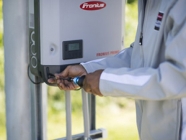
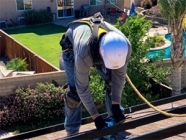
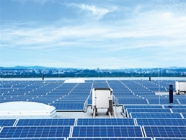
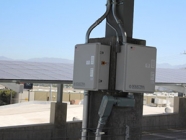
Solar carport inverter installation requires pre-planning and safety precautions
How should solar installers prepare for inverter failure?
How to choose between string and microinverters in residential solar projects
Smart inverters redefine relationship between DERs and the grid
As inverters get smarter and smarter, installers should plan ahead for inverter failure in older, lower-voltage projects.
String inverters and microinverters take very different approaches to converting DC power to usable AC power in solar projects.
Inverters of the past simply fed solar power into the grid.
Installers have plenty of options when it comes to choosing an inverter for a solar carport project since they aren’t required to comply with rapid shutdown codes.
